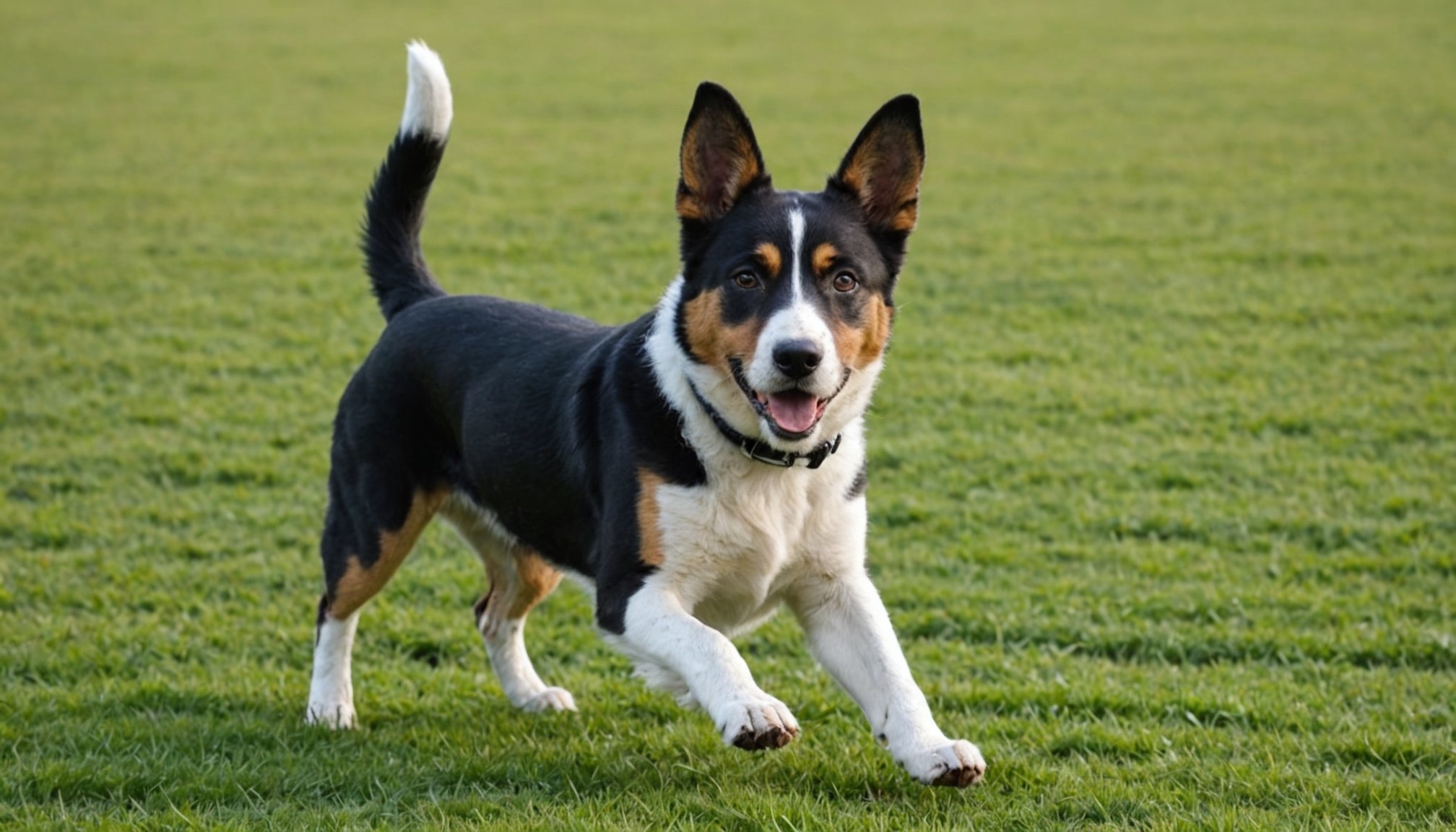Training your dog is a vital part of responsible pet ownership. Not only does it help you strengthen your bond with your furry friend, but it also ensures that your dog behaves appropriately in various settings. With so many different training methods available, it can be overwhelming to determine which one is the best for your dog. This article aims to break down the various training methods, their differences, and how you can select the right approach for your pet.
Understanding Dog Training Methods
Before diving into specific training methods, let’s understand the philosophy behind dog behavior and how it is shaped. At its core, dog training revolves around conditioning, which refers to the way we influence a dog’s behavior. There are two main types of conditioning: positive and negative.
Also read : How to soothe your shih tzu: key techniques for stress-free grooming sessions
Positive reinforcement is a method that rewards desired behaviors, encouraging your dog to repeat them. This could involve giving treats, praise, or playtime when your dog follows a command correctly. On the other hand, negative reinforcement involves removing an unpleasant stimulus when the desired behavior occurs. For instance, if your dog is wearing a collar that pulls, loosening it when they stop pulling serves as negative reinforcement.
Another key aspect of dog training is understanding the difference between methods based on reinforcement and punishment. The former focuses on encouraging good behavior through rewards, while the latter attempts to eliminate undesirable behavior by applying consequences. It is crucial to note that while both approaches can be effective, they can yield vastly different results and impact your dog’s overall well-being.
This might interest you : Proven techniques for managing food guarding behavior in your overprotective rottweiler
When exploring training methods, one will come across traditional approaches, such as dominance-based training, which relies heavily on punishment. These methods often stem from outdated theories about dog behavior, emphasizing the need to establish hierarchy. However, contemporary trainers tend to advocate for more humane, positive training methods that foster a trusting relationship between you and your dog.
Positive Reinforcement Training
Positive reinforcement training is widely regarded as one of the most effective and humane approaches to teaching your dog. This method involves offering a reward immediately following a desired behavior, making it more likely that your dog will repeat that behavior in the future. Rewards can be anything from treats to verbal praise or playtime.
The beauty of positive reinforcement lies in its ability to create a positive association with training sessions. Your dog learns to associate following commands with enjoyable outcomes. This approach not only enhances your dog’s learning experience but also strengthens the bond between you. Training becomes an enjoyable activity rather than a chore.
One effective technique within positive reinforcement is clicker training. This method utilizes a clicker—a small device that produces a distinct sound—when your dog performs the desired action. The sound of the click is immediately followed by a reward, solidifying the behavior in your dog’s mind. Over time, your dog will learn to associate the click with positive outcomes, making it an effective tool for teaching commands.
Pros of positive reinforcement include its focus on encouraging good behavior rather than punishing bad behavior, which can lead to a more relaxed and attentive dog. It is also suitable for all dogs, regardless of their age or previous experiences. However, trainers need to ensure they have a variety of rewards on hand, as your dog may lose interest in the same treat over time. Variety and timing are essential elements to keep in mind when using this method.
Clicker Training: A Subset of Positive Reinforcement
Clicker training is a specific type of positive reinforcement that employs a clicker to mark desired behaviors. This method is particularly effective due to its clarity and timing. The sound of the click serves as a precise marker, letting your dog know exactly what action earned the reward.
To begin clicker training, you will need a clicker and some of your dog’s favorite treats. Start by clicking the device and immediately giving your dog a treat. This step helps your dog understand the association between the click sound and receiving a reward. Once your dog is familiar with the click, you can start to introduce commands. For instance, if you want to teach your dog to sit, wait until they naturally sit, click at that moment, and then reward them right away.
Clicker training can be especially beneficial for puppies, as it helps them learn quickly and builds confidence. This method is also advantageous for dogs with anxiety or behavioral issues, as it fosters a positive learning environment. Unlike methods that rely on punishment or negative reinforcement, clicker training encourages your dog to engage in the learning process willingly.
Moreover, clicker training allows for a more nuanced understanding of your dog’s behavior. You can use it to teach complex commands by breaking them down into smaller steps. For example, if you’re teaching your dog to roll over, you can click and reward each small movement towards that goal. This gradual approach keeps your dog motivated and reduces frustration. Overall, clicker training is a versatile tool that can be integrated with other positive training methods.
Understanding Punishment-Based Training Methods
While positive reinforcement is highly recommended, it’s also essential to understand the other side of the spectrum: punishment-based training methods. These techniques involve applying a negative consequence in response to undesirable behavior. Such methods can include the use of shock collars, leash corrections, or verbal reprimands.
Punishment-based methods stem from the belief that correcting bad behaviors will lead to good behaviors. However, research has shown that these methods can be detrimental to both the dog and the owner. Dogs trained with punishment often suffer from increased anxiety, fear, and aggression, leading to a damaged relationship with their owner.
Additionally, punishment does not teach your dog what to do; it only teaches them what not to do. For example, if your dog receives a shock for barking, they may stop barking but won’t understand what behavior is expected of them in the first place. This lack of clarity can lead to confusion and further behavioral issues.
Moreover, punishment can lead to unintended consequences. A dog may learn to associate the punishment with not only the unwanted behavior but also the environment or the person administering the punishment. This can create a fearful or aggressive dog, complicating training efforts down the line.
While there may be rare situations where a controlled use of punishment might be deemed acceptable, the consensus among modern trainers is to prioritize positive training methods. By focusing on rewarding good behavior rather than punishing bad behavior, you can create a more harmonious relationship with your dog.
Choosing the right dog training method for your pet is crucial for successful outcomes. Positive reinforcement and methods like clicker training have proven to be effective and humane ways to train dogs. They encourage desired behaviors while fostering a strong bond between you and your dog. On the other hand, punishment-based methods can lead to confusion, fear, and long-term behavioral issues.
Ultimately, the best training method is one that aligns with your values as a pet owner and the specific needs of your dog. Consider your dog’s personality, age, and past experiences when selecting a training approach. Remember that training takes time, patience, and consistency. By investing in the right method, you’ll not only teach your dog important skills but also enhance your relationship for years to come.











